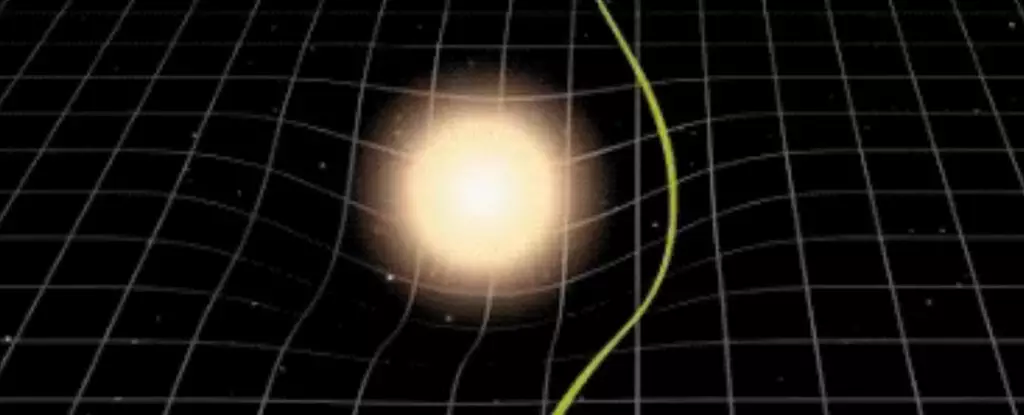Asteroids are a genuine threat to Earth, and the prospect of a catastrophic collision looms large in the minds of scientists and the public alike. The advent of a newly developed equation by physicist Oscar del Barco Novillo from the University of Murcia, Spain, offers a glimpse of hope through enhanced prediction capabilities regarding the gravitational bending of light (GBL). This article delves into the core aspects of Novillo’s research, its implications, and the historical context of gravitational physics.
The fundamental principle behind gravitational lensing is that massive objects like stars or planets warp the space around them, effectively bending the light that travels in their vicinity. While the concept of GBL has been known to astronomers and physicists for centuries, accurately calculating its effects has proven challenging. Del Barco Novillo’s formula aims to refine this process, offering a more precise method to gauge how light bends as it passes near large celestial bodies such as the Sun. “The fundamental significance of our new equation is its high accuracy for calculating the GBL angle,” Novillo states, emphasizing the potential for dramatically improving our understanding and tracking of celestial objects, including those that could threaten our planet.
Advancements in Mathematical Modeling
Traditionally, GBL calculations have relied on models that treat distances as infinite, which can lead to errors when applied to specific astronomical phenomena. Novillo’s work marks a significant pivot in methodology by embracing a geometric optics model that examines finite distances. This distinction allows for greater reliability in calculations relating to the paths of light affected by massive celestial bodies. By utilizing a material medium approach, he draws parallels to simpler experiments conducted on Earth, such as observing light’s path as it moves through different mediums, like glass or water. This innovative application of classic physics to complex cosmic scenarios is a hallmark of Novillo’s work.
One of the most pivotal aspects of scientific discovery is validation. Novillo rigorously tested his equation through numerical simulations and comparisons to prior calculations—especially the Shapiro time delay formula, an established theory in gravitational physics. The results consistently demonstrated that Novillo’s equation holds significant accuracy, thus paving the way for applications across various domains within astronomy and astrophysics. Whether it aids in celestial mechanics, stellar dynamics, or other fields, the specter of improved predictive power looms large.
The utility of this new equation extends far beyond the immediate concerns of asteroid tracking. It could greatly assist in pinpointing the locations of distant stars, such as Proxima Centauri, which is the nearest stellar neighbor to our Solar System. Furthermore, as part of exploratory missions like the European Space Agency’s Euclid project—which aims to chart the cosmic location of billions of galaxies—this enhanced understanding of gravitational light bending may be crucial. By accurately determining the orbits and positions of minor celestial objects, including asteroids and dwarf planets, astronomers could potentially unlock secrets of dark matter and the universe at large.
Oscar del Barco Novillo’s groundbreaking equation not only elevates our understanding of gravitational bending but also enhances our capabilities in space observation and planetary defense. As the implications of these scientific developments unfold, there is optimism that humanity will possess not only the knowledge of potential cosmic threats but also the foresight to intervene if necessary—providing both a safeguard and a serene acceptance of our position in the universe.

